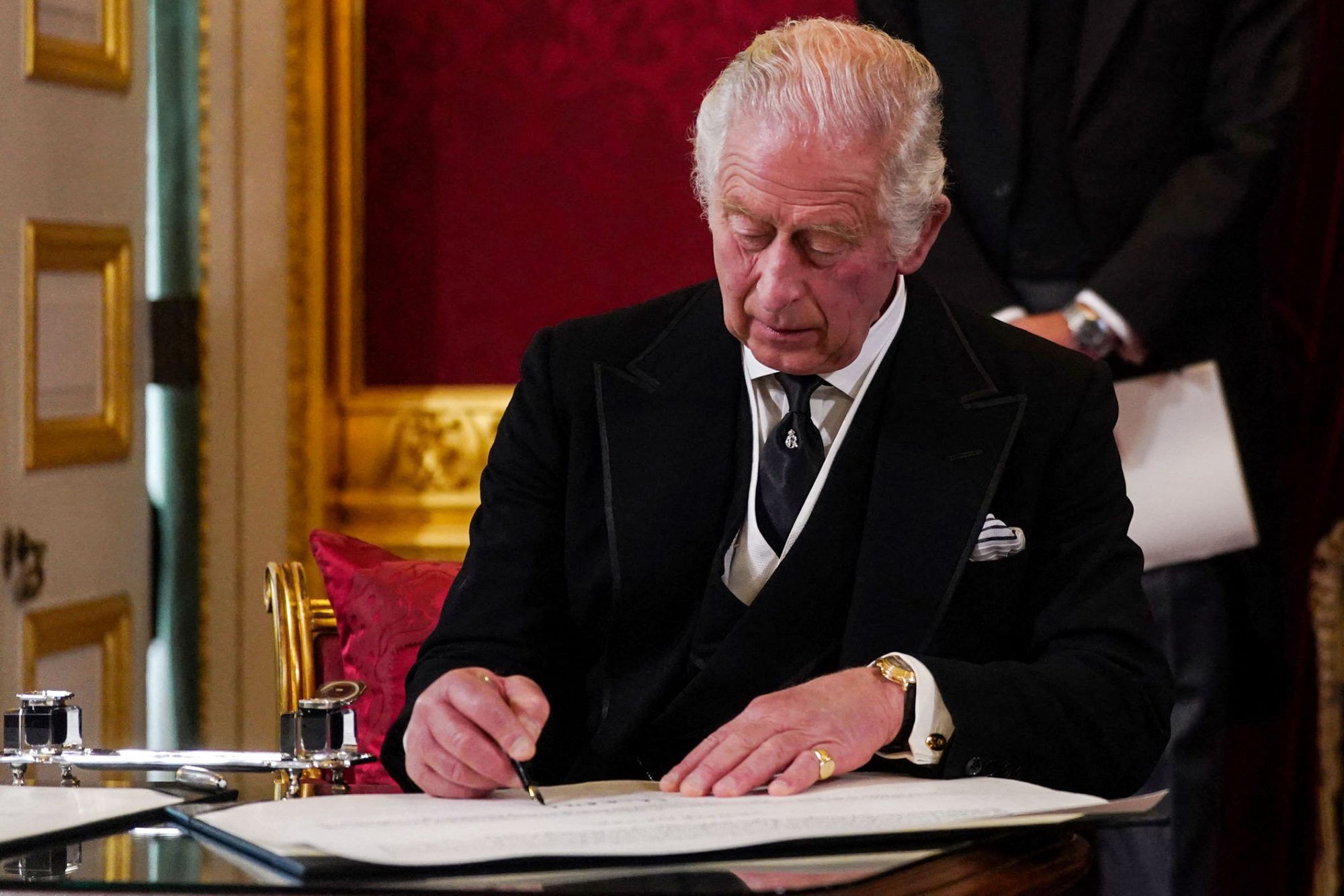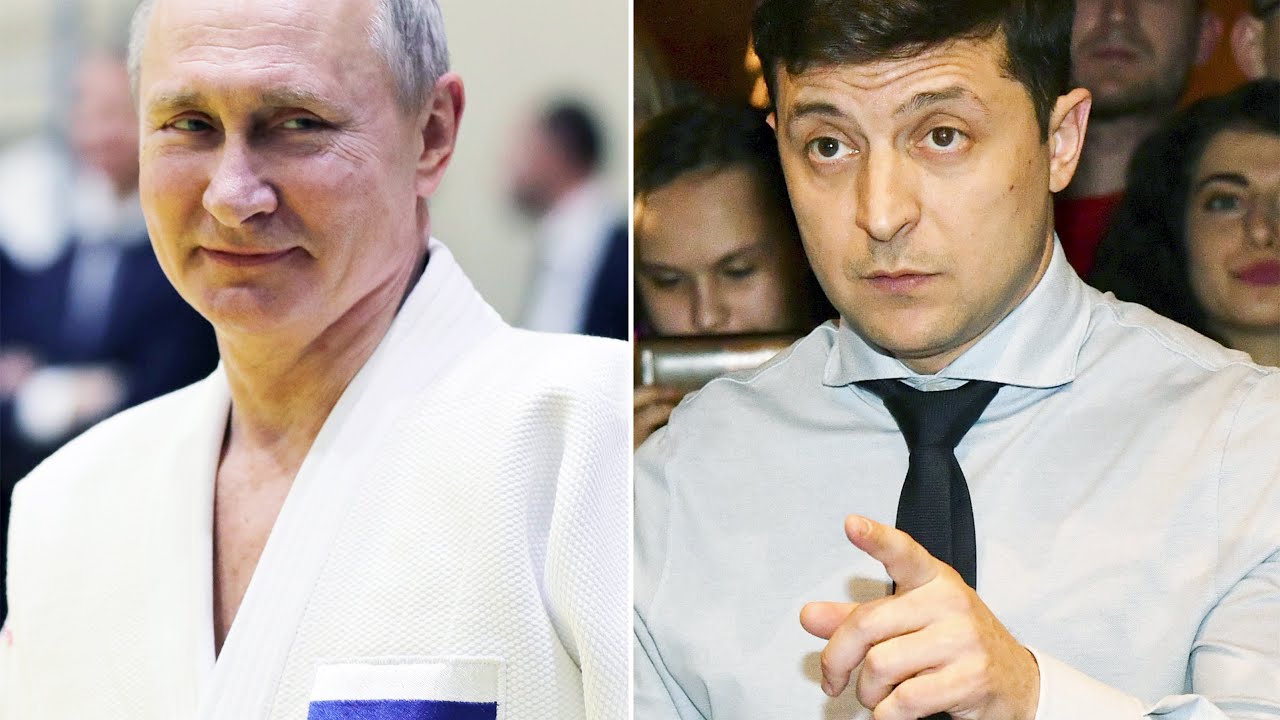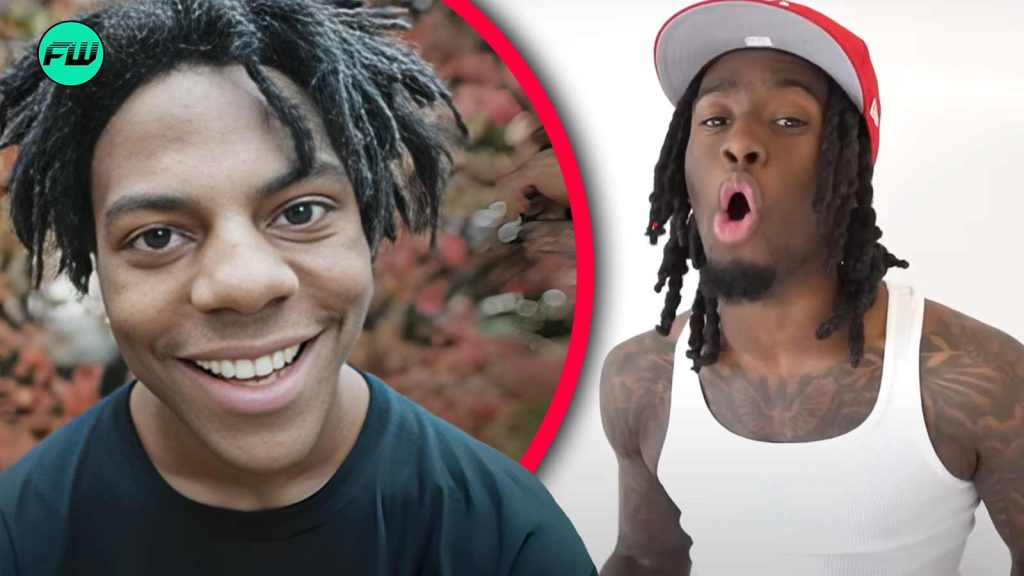King Charles III's Two Birthdays: Understanding The Royal Tradition

Table of Contents
The Origin of the Two Birthdays Tradition
The tradition of the monarch having two birthdays dates back to the 18th century. The unpredictable British weather played a crucial role in its inception. Large-scale public celebrations, designed to showcase national loyalty and pride, were frequently disrupted by inclement weather in the late 1700s and early 1800s. To ensure better attendance and more favorable weather conditions for these grand public displays, monarchs began celebrating their birthday a second time – typically in the summer months.
This strategic shift ensured a more successful and joyous celebration, maximizing public participation and solidifying the image of the monarchy. Several monarchs benefited from this change, with their official summer birthday celebrations becoming grand spectacles of national unity.
- Unreliable weather in the UK: The unpredictable and often inclement weather during the late 1700s and early 1800s made large-scale outdoor events a gamble.
- Guarantee better attendance and weather: Scheduling a second, summer birthday guaranteed better weather and significantly improved attendance at public celebrations.
- Emphasis on public display of loyalty and national pride: The official birthday provided a crucial opportunity to display public loyalty and reinforce national pride in the monarchy.
King Charles III's Actual Birthday vs. Official Birthday
King Charles III's actual birthday falls on November 14th. However, his official birthday celebration is usually held in June, mirroring the established tradition. This official celebration is a significant national event marked by various ceremonial and celebratory activities.
- Trooping the Colour parade: A spectacular military parade showcasing the grandeur of the British Army.
- Military flypasts: A breathtaking display of aerial prowess by the Royal Air Force.
- Public appearances and engagements: King Charles III makes several public appearances, engaging with the public and reinforcing his connection with the nation.
- Regional events and celebrations across the UK: Celebrations extend beyond London, with numerous regional events and activities throughout the United Kingdom.
The Significance of the Official Birthday Celebration
The official birthday celebration holds profound symbolic meaning. It’s more than just a party; it’s a powerful display of national unity and loyalty to the crown. The meticulously planned events, particularly the Trooping the Colour, showcase the British military's might and traditions.
- Public display of loyalty to the crown: The official birthday celebrations serve as a major public demonstration of loyalty and allegiance to the monarchy.
- A showcase of British military might and tradition: The Trooping the Colour parade and military flypasts display Britain's military strength and rich traditions.
- Boost to tourism and the economy: The official birthday celebrations attract significant numbers of tourists, boosting local economies.
- A symbol of national pride and cultural heritage: The event symbolizes national unity and pride in Britain’s history and traditions.
Future of King Charles III's Two Birthdays
The continuation of this tradition with future monarchs is a subject of ongoing discussion. While deeply rooted in history, modern-day factors may influence its future. Environmental concerns regarding large-scale events, coupled with a need to adapt to changing societal sensibilities, may necessitate modifications or even a departure from the established practice.
- Potential for environmental concerns regarding large-scale events: The carbon footprint of the large-scale celebrations may come under increasing scrutiny.
- Adapting the celebrations to modern sensibilities: Future monarchs might adapt the celebrations to better reflect modern values and environmental concerns.
- Balancing tradition with contemporary considerations: Finding a balance between preserving historical tradition and adapting to modern sensitivities will be crucial.
- Maintaining public interest in the celebrations: Ensuring the celebrations remain relevant and engaging for future generations will be vital for their continued existence.
Conclusion
King Charles III's two birthdays represent a fascinating blend of historical tradition and modern-day relevance. The original rationale, born from the unpredictable British weather, evolved into a powerful symbol of national unity, loyalty, and pride. The official birthday celebration serves as a unique spectacle, showcasing British military traditions, boosting tourism, and reinforcing the monarchy's connection with the people. Learn more about the fascinating tradition of King Charles III's Two Birthdays and the history behind this unique royal celebration! Discover more about the British monarchy's customs and traditions.

Featured Posts
-
 Tramp Putin I Zelenskiy Neopublikovannye Detali Napryazhennosti
May 27, 2025
Tramp Putin I Zelenskiy Neopublikovannye Detali Napryazhennosti
May 27, 2025 -
 Comparing Kai Cenat And I Show Speeds Net Worth In 2025
May 27, 2025
Comparing Kai Cenat And I Show Speeds Net Worth In 2025
May 27, 2025 -
 A Second Look Netflixs New Horror Romance Film
May 27, 2025
A Second Look Netflixs New Horror Romance Film
May 27, 2025 -
 Live Stream March Madness 2025 A Cord Cutters Guide To The Tournament
May 27, 2025
Live Stream March Madness 2025 A Cord Cutters Guide To The Tournament
May 27, 2025 -
 The Nippon Steel Deal Weighing The Pros And Cons Of Trumps Support
May 27, 2025
The Nippon Steel Deal Weighing The Pros And Cons Of Trumps Support
May 27, 2025
